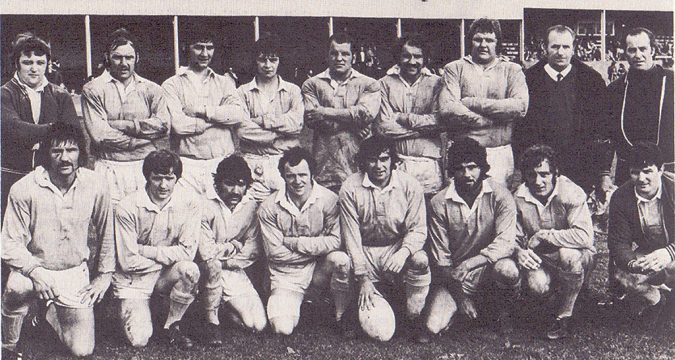 Take a trip back to 1975, when there was a rare outbreak of optimism at one of rugby league's most legendary strugglers.
HOPE springs eternal, as the saying goes - and it seems particularly applicable when it comes to rugby league.
A whole collection of clubs, from founder members Broughton (later Belle Vue) Rangers to this season's casualties
Take a trip back to 1975, when there was a rare outbreak of optimism at one of rugby league's most legendary strugglers.
HOPE springs eternal, as the saying goes - and it seems particularly applicable when it comes to rugby league.
A whole collection of clubs, from founder members Broughton (later Belle Vue) Rangers to this season's casualties Time Machine: When rugby league’s most resilient nomads moved to Huyton
 Take a trip back to 1975, when there was a rare outbreak of optimism at one of rugby league's most legendary strugglers.
HOPE springs eternal, as the saying goes - and it seems particularly applicable when it comes to rugby league.
A whole collection of clubs, from founder members Broughton (later Belle Vue) Rangers to this season's casualties
Take a trip back to 1975, when there was a rare outbreak of optimism at one of rugby league's most legendary strugglers.
HOPE springs eternal, as the saying goes - and it seems particularly applicable when it comes to rugby league.
A whole collection of clubs, from founder members Broughton (later Belle Vue) Rangers to this season's casualties 